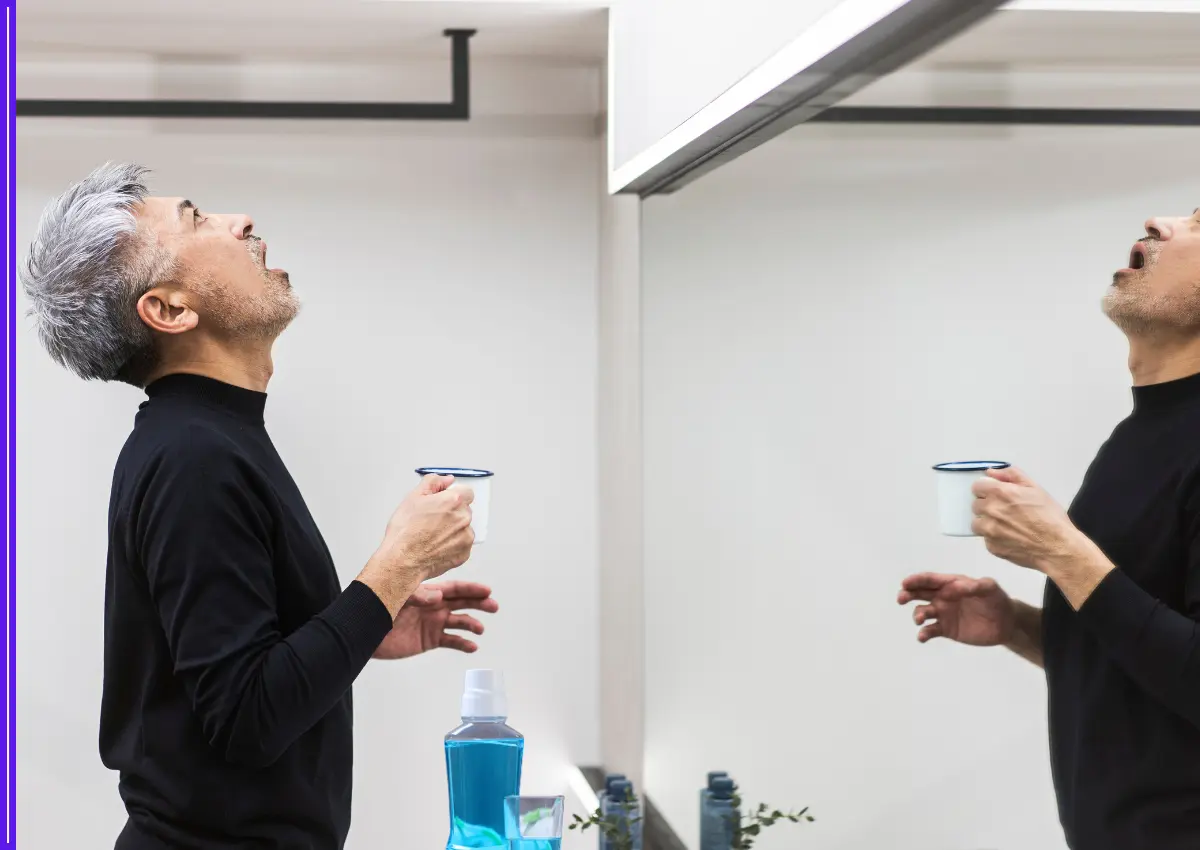In a remarkable scientific breakthrough, Chinese researchers have identified a previously unknown species of bacteria aboard the Tiangong Space Station. The discovery, made during routine microbial sampling by the Shenzhou-15 mission crew, marks a significant milestone in space microbiology and raises new questions about microbial adaptation beyond Earth.

The newly discovered bacterium has been officially named Niallia tiangongensis, reflecting its unique origin aboard the orbiting Tiangong laboratory. According to researchers, the microbe was isolated from environmental swabs taken inside the space station and has never before been recorded on Earth.
What makes Niallia tiangongensis particularly intriguing is its unusual metabolic ability—it can break down gelatin and use it as a source of nitrogen and carbon. This rare capability suggests it can form protective biofilms, which may be key to surviving in the harsh conditions of space, including microgravity and elevated radiation levels.
Scientists involved in the study note that although the strain shares genetic links with certain Earth-based bacteria—some of which can be harmful under specific conditions—Niallia tiangongensis appears to have unique adaptations possibly shaped by the space environment.
“This discovery highlights the complex and resilient nature of microbial life,” a member of the research team explained. “Even in highly controlled environments like Tiangong, life finds ways to adapt and persist.”
The findings also underscore the importance of regular microbial surveillance on space stations. Despite rigorous cleaning procedures and advanced air filtration systems, completely eliminating bacteria in closed habitats remains a formidable challenge.
Beyond its scientific novelty, the bacterium may offer valuable insights for future space missions. Its biofilm-forming potential could help researchers design better waste recycling systems or even support biotechnological applications in space-based habitats.
As space agencies around the world plan for longer missions and deeper space exploration, discoveries like this shed light on the unseen challenges—and opportunities—posed by microbial life in space.









